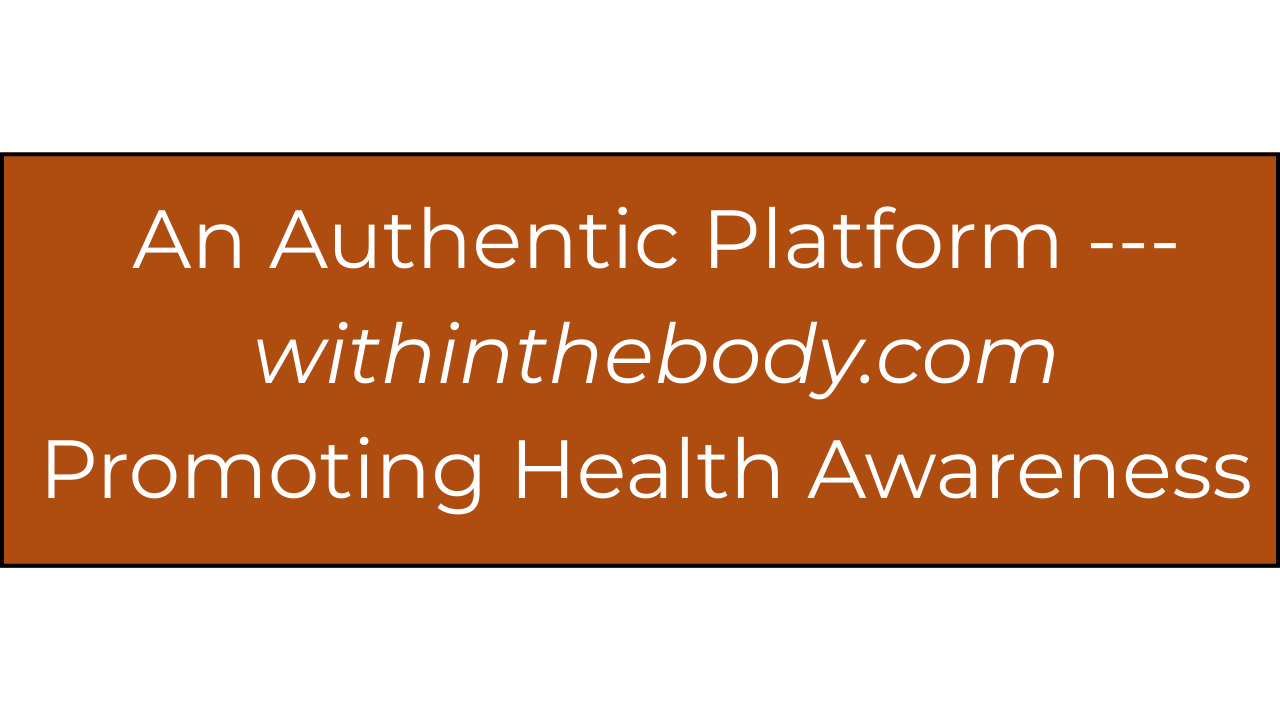Breathing Deep: Why Your Lungs Are More Than Just Air Sacs


Every breath you take tells a story — a story of survival, balance, and remarkable biological precision. The lungs are not mere balloons exchanging air; they are living laboratories of chemistry, defense, and adaptation. Every cell of your body depends on their silent, rhythmic performance. When they falter, the body’s entire orchestra falls out of tune. Understanding how they work, what weakens them, and when they cry for help is vital — not only for doctors, but for every human who breathes.
For General Readers
Your lungs are far more than sponges for oxygen. They act as filters, defenders, and chemical regulators. Each breath brings in oxygen and expels carbon dioxide, but also interacts with airborne particles, pollutants, and pathogens. The lungs constantly protect you from infection by producing mucus, trapping harmful particles, and using tiny hair-like cilia to sweep them away.
They also help maintain the acid-base balance in your blood, assist in speech through air movement, and even influence hormone levels like angiotensin — which affects blood pressure.
Unfortunately, modern life — filled with pollution, smoking, indoor toxins, and stress — challenges these organs every minute. The first step to lung health is awareness. Breathing clean, moving daily, staying hydrated, and avoiding smoke are not clichés; they’re lifesavers.
For Medical Students
Think of the lungs as the body’s interface between the external and internal worlds. Anatomically, they are divided into lobes — three on the right, two on the left — filled with millions of alveoli where gas exchange occurs. The pulmonary circulation is a low-pressure system designed for efficient diffusion.
Functionally, the lungs maintain ventilation (airflow), perfusion (blood flow), and diffusion (gas exchange) balance — the famous V/Q ratio. Any disturbance here leads to hypoxia.
Beyond gas exchange, the lungs metabolize substances (like bradykinin), influence the immune system, and act as shock absorbers for microemboli. Studying them requires integration of anatomy, physiology, and pathology — never in isolation.
For Young Doctors
Every cough, wheeze, or short breath has a story behind it. Listen carefully — the lungs speak through sounds, not words.
Young physicians often focus on X-rays or CT scans but forget the art of auscultation. Crackles, wheezes, or diminished breath sounds can reveal diseases long before imaging confirms them.
Never underestimate environmental and occupational factors: exposure to biomass smoke, industrial dust, or mold can cause chronic lung damage even in non-smokers.
Early detection and counseling on prevention — smoking cessation, vaccination, pulmonary rehabilitation — can save more lives than any prescription.
For General Practitioners
For family doctors, lungs often reveal the earliest signs of systemic illness. Chronic cough, fatigue, or subtle shortness of breath may indicate early COPD, heart failure, or even anemia.
A careful history — occupation, pets, home ventilation, travel, and smoking — is your best diagnostic tool.
Empirical antibiotic use should be reserved for clear bacterial infections. Most coughs are viral or allergic.
Don’t overlook preventive care: encourage influenza and pneumococcal vaccines, especially in the elderly or those with chronic diseases. Pulse oximetry, spirometry, and chest X-ray remain simple yet powerful screening tools in your clinic.
Pathophysiology
At the core, breathing is a partnership between ventilation, diffusion, and perfusion. Air must reach the alveoli, oxygen must cross the alveolar-capillary membrane, and blood must carry it efficiently to tissues.
Diseases can disrupt any step:
• Ventilatory disorders: asthma, COPD, neuromuscular weakness.
• Diffusion defects: pulmonary fibrosis, ARDS, emphysema.
• Perfusion defects: pulmonary embolism, vascular disease.
When oxygen falls or carbon dioxide accumulates, the brainstem triggers faster breathing, heart rate rises, and the body enters distress.
The lungs are also active immune organs — their surface cells release cytokines, recruit macrophages, and maintain the delicate balance between defense and inflammation.
When to See the Doctor
Seek medical help if you experience:
• Persistent cough lasting more than 3 weeks
• Shortness of breath during mild activity or at rest
• Wheezing, chest tightness, or sputum with blood
• Recurrent chest infections
• Unexplained fatigue or weight loss
Early consultation prevents irreversible damage. Don’t ignore warning signs — lung diseases often progress silently.
Your lungs are faithful companions — expanding and contracting 20,000 times a day without rest. Treat them with respect. A single breath carries oxygen not only to your tissues but to your thoughts, emotions, and energy. Every deep, clean breath is a gift — an invisible reminder that health begins within.
Dos and Don’ts
Do:
• Practice deep breathing or mindfulness daily.
• Stay physically active; walking keeps your lungs expanded.
• Keep your living spaces well-ventilated.
• Eat antioxidant-rich foods (like fruits, nuts, and leafy greens).
• Get regular flu and pneumonia vaccines.
Don’t:
• Smoke — or let anyone smoke near you.
• Ignore chronic cough or breathlessness.
• Overuse aerosol sprays or incense indoors.
• Delay medical checkups for persistent respiratory symptoms.
• Assume breathlessness is always due to “age” or “weakness.”
FAQs
Q1: Can lungs heal after quitting smoking?
Yes — within weeks of quitting, cilia start recovering, mucus clearance improves, and lung function begins to rise. Some damage may be permanent, but recovery is real and measurable.
Q2: Is shortness of breath always due to lung disease?
No. Heart failure, anemia, thyroid disease, or even anxiety can cause similar symptoms. That’s why evaluation by a doctor is essential.
Q3: How can I test my lung health at home?
You can check your breathing pattern, note any wheezing or effort, and use a pulse oximeter to measure oxygen saturation. However, only spirometry can accurately assess lung function.
Q4: Do air purifiers really help?
They can reduce indoor particulate matter and allergens, especially in urban or polluted areas, but cannot replace fresh air or outdoor activity.
Q5: Why do I cough after exercise or cold air exposure?
It’s usually due to airway hyperreactivity — common in asthma or sensitive airways. Warm up before exercise and avoid sudden exposure to cold air.
